SGGP
Ethnic minorities in the Northern mountainous region and the Central Highlands often have the custom of collecting and using wild mushrooms for food. Many people have confused edible wild mushrooms with dangerously toxic ones, leading to many very serious poisoning cases.
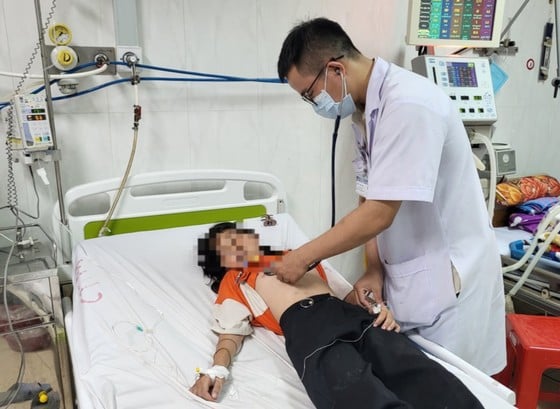 |
| Patients poisoned by eating cicada mushrooms are being treated at the Central Highlands General Hospital. Photo: MAI CUONG |
Mistaking poisonous mushrooms for cordyceps
On June 5, Dr. Trinh Hong Nhut, Deputy Director of the Central Highlands General Hospital (Dak Lak province), said that the unit is treating 6 emergency patients due to poisoning due to eating mushrooms grown from cicada pupae mistaken for cordyceps. Previously, at noon on June 3, 6 patients were transferred from the Ea Sup District Medical Center (Dak Lak province) in a state of vomiting, abdominal pain, loose stools..., of which 3 patients were in a state of drowsiness, muscle tremors, eye twitching, weak limbs and unable to move. After 2 days of intensive treatment at the hospital, the health condition of the patients has stabilized. Patients with severe symptoms have also regained consciousness.
Similarly, recently, a resident (34 years old, living in Duc Linh district, Binh Thuan province) went to the garden and saw a horny mushroom that looked like cordyceps, so he pulled out about 15 plants to cook. After eating, this person was still normal, but by noon the next day, he vomited a lot, had abdominal cramps, and had impaired perception, so his family took him to the emergency room at Cho Ray Hospital (HCMC). According to Dr. Nguyen Thi Thuy Ngan, Deputy Head of the Department of Tropical Diseases, Cho Ray Hospital, the patient was transferred in a state of consciousness, urinary retention, muscle weakness, abdominal pain, and vomiting. Currently, the patient can communicate and breathe on his own; his limb muscle strength has improved; his heart rate is slightly slow and his pulse and blood pressure are being closely monitored.
At the Poison Control Center, Bach Mai Hospital (Hanoi), doctors also regularly receive many cases of very severe mushroom poisoning transferred from lower levels. Specifically, the unit has just received 2 patients with wild mushroom poisoning transferred from the Mai Chau District Medical Center ( Hoa Binh province). Previously, these patients, from the same family in Mai Hich commune, showed symptoms of poisoning, abdominal pain, nausea, and loose stools after having lunch at home with food containing wild mushrooms cooked in soup with betel leaves. Despite active treatment, detoxification, shock treatment, mechanical ventilation, continuous blood filtration, blood adsorption filtration, plasma exchange, etc., 1 patient died later due to worsening condition and multiple organ failure.
Do not use mushrooms of unknown origin
Dr. Nguyen Thi Thuy Ngan said that cicadas lay eggs in the soil, then develop into larvae (also known as cicada pupae). Cicada pupae live in the soil, possibly next to fungal spores. These fungi attack and parasitize the host (cicada pupae), replacing the host's tissues and growing long stems, sucking nutrients from the host, causing the host to die, and growing outside the host's body. "Depending on the type of parasitic fungus on the host, it is divided into beneficial fungi or fungi that are toxic to humans. Currently, it is impossible to determine exactly which type of fungus causes poisoning in patients. Diagnosis is mainly based on the patient's medical history, as well as the patient's symptoms of poisoning," Dr. Nguyen Thi Thuy Ngan informed.
According to statistics from the Ministry of Health, every year there are hundreds of cases of mushroom poisoning in the country, including dozens of deaths. Mushroom poisoning cases often occur in mountainous provinces such as Cao Bang, Ha Giang, Thai Nguyen, Hoa Binh, Lai Chau... and the Central Highlands region. The consequences of these poisoning cases are mostly very serious. Dr. Nguyen Trung Nguyen, Director of the Poison Control Center, Bach Mai Hospital, said that there are currently more than 5,000 types of mushrooms in the world; of which in our country there are about 100 types of poisonous mushrooms, and in terms of appearance it is very difficult to distinguish between edible mushrooms and deadly poisonous mushrooms. Emergency care and treatment of mushroom poisoning is very expensive but the mortality rate is very high (over 50%), there are families where the whole family has died after eating poisonous mushrooms. “To be safe, people should only eat cultivated mushrooms. It is absolutely not advisable and impossible to rely on the shape and color of the mushroom to distinguish between good and poisonous mushrooms. It is even more advisable not to try eating it to discover. Poisonous mushrooms, even after cooking, the toxins remain stable and are not destroyed. It should be noted that there are many types of poisonous mushrooms that animals do not get poisoned when they eat them, but when humans eat them, they can still get poisoned,” Dr. Nguyen Trung Nguyen warned.
The Food Safety Department (Ministry of Health) has recently requested the directors of health departments of provinces and cities to step up information and propaganda on measures to prevent poisoning caused by poisonous mushrooms to households in many forms, in both Kinh and ethnic languages. Accordingly, people absolutely must not pick or use strange mushrooms or mushrooms of unknown origin to eat; when symptoms of poisoning related to eating mushrooms appear, they must immediately go to the nearest medical facility for emergency treatment.
Signs to identify poisonous mushrooms
Mushrooms with cap, gill, stem, stem ring and base sheath are usually poisonous. The inside of the mushroom stem is light pink, the red cap has white scales, and the mycelium glows at night are poisonous. The poisonous part is in the entire mushroom body (cap, gill, ring, stem, base sheath). The toxin changes with the season, during the growth of the mushroom, in the soil environment and climate.
Source


![[Photo] Urgently help people soon have a place to live and stabilize their lives](/_next/image?url=https%3A%2F%2Fvphoto.vietnam.vn%2Fthumb%2F1200x675%2Fvietnam%2Fresource%2FIMAGE%2F2025%2F12%2F09%2F1765248230297_c-jpg.webp&w=3840&q=75)







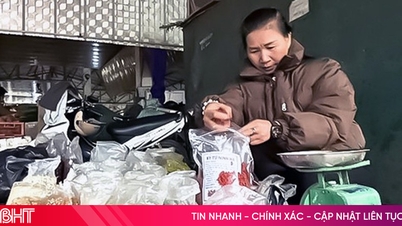




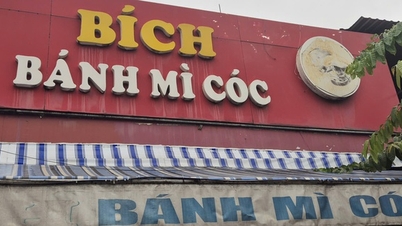










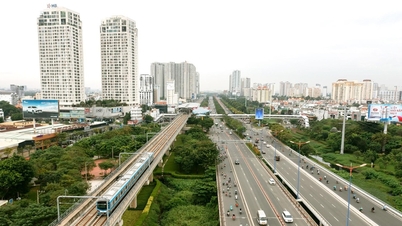






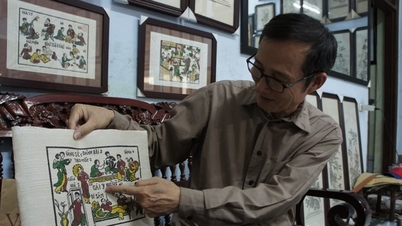

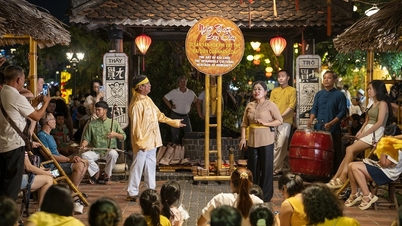

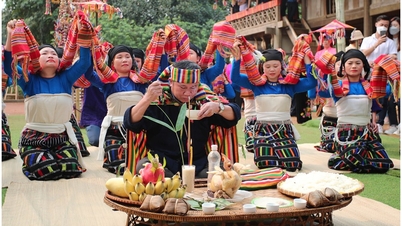


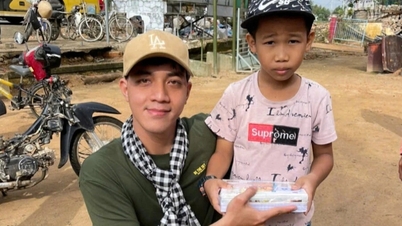

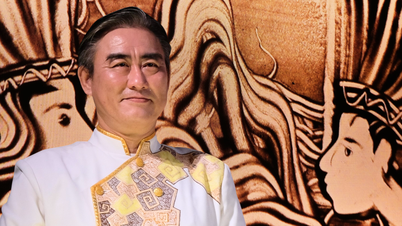












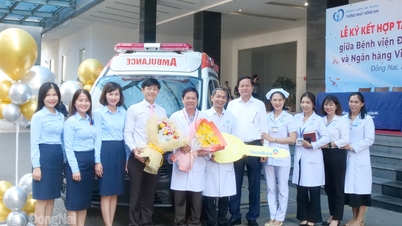




















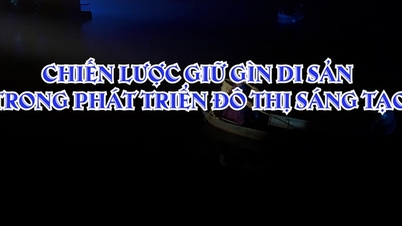


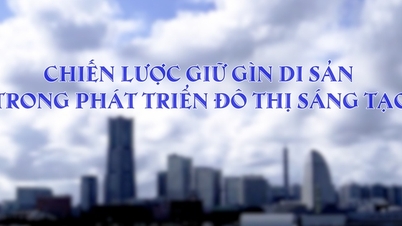


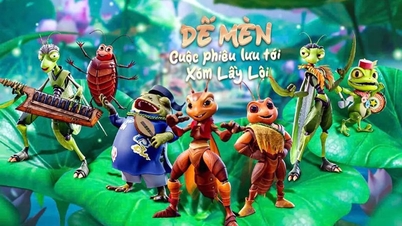
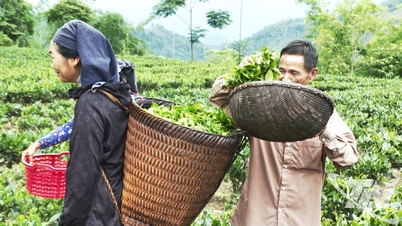


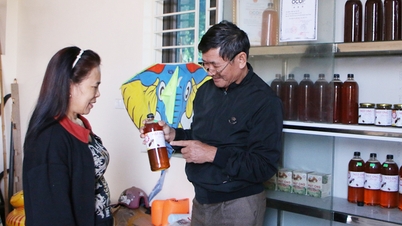

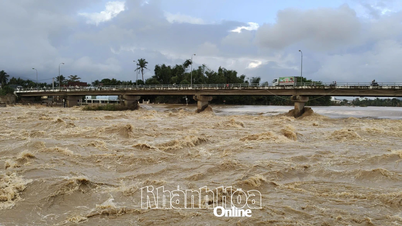

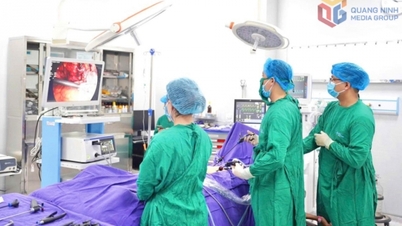












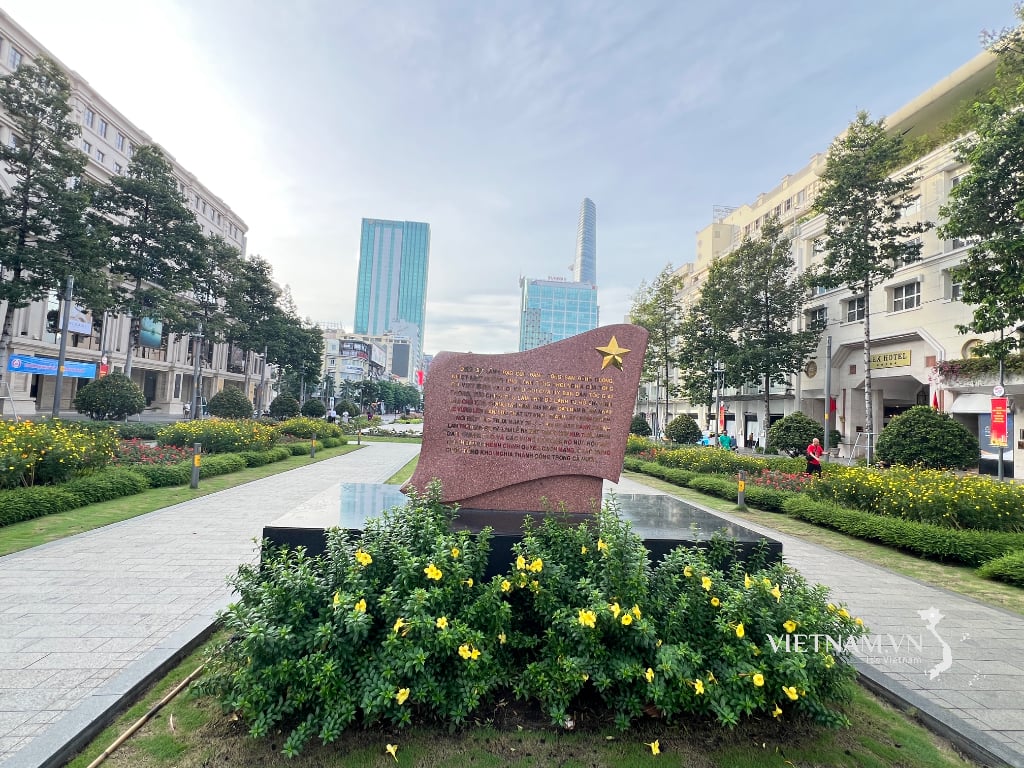





Comment (0)